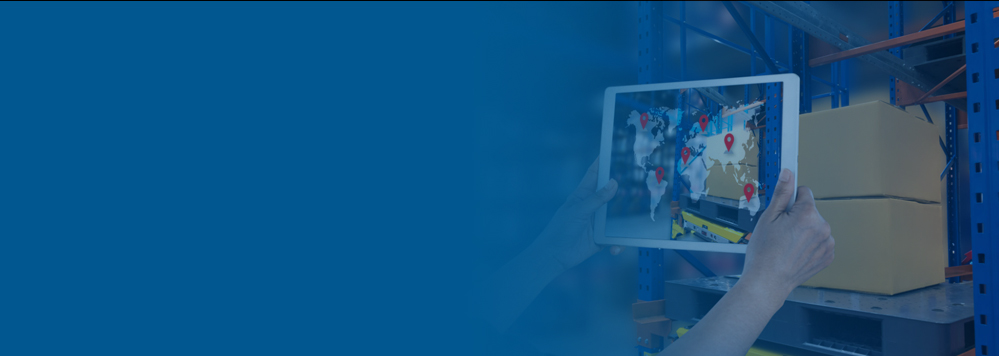Healthcare organisations are caught in an impossible squeeze: deliver world-class care on shrinking budgets. The solution is not in the operating room—it is in procurement.
Procurement decisions determine whether surgeons have access to the latest equipment, whether patients receive timely diagnostics, and whether hospitals maintain adequate staffing during peak demand. From sterile gauze to sophisticated imaging equipment, every choice creates a chain reaction that reaches the patient's bedside.
Forward-thinking healthcare organisations recognise procurement as a powerful catalyst that shapes cost management, quality standards, operational efficiency, and patient outcomes.
Healthcare procurement is no longer just purchasing, it is a cornerstone of healthcare delivery.
the complexity of healthcare procurement
Healthcare procurement faces the same fundamental challenges as other industries, but with life-or-death stakes that make failure unacceptable.
Like procurement in other sectors, healthcare grapples with:
- Complex, multi-tier supply chains involving manufacturers, distributors, and intermediaries that make coordination and communication difficult.
- Decentralized purchasing where individual departments buy independently, consequently missing bulk discount opportunities and losing strategic oversight.
- Intense regulatory compliance requirements demanding constant vigilance to avoid legal and financial consequences.
- Relentless cost pressures that force reactive "firefighting" instead of strategic planning.
These universal procurement problems become critical when they impact patient safety and clinical outcomes. A supply chain disruption in retail means customer inconvenience, which in healthcare, can mean life or death.
Procurement teams spend their time managing crises rather than preventing them, while doctors and nurses face shortage of essential supplies during critical moments.
Strategic category management systems break this cycle by transforming fragmented vendor relationships into organised and compliant partnerships that deliver cost efficiency and the operational resilience that healthcare demands.
technological solutions
Technology is fundamental to changing how healthcare organisations manage their supply chain. Here are a list of technologies that enable procurement to shift from a reactive to a proactive approach:
- e-procurement systems: These systems are at the heart of the digital revolution. They replace outdated paper-based processes with an automated streamlined platform. This significantly reduces manual errors and administrative burdens while creating a centralised repository for all procurement data. With a single source of truth, organisations can gain visibility into spending patterns, supplier performance, and contract compliance.
- artificial intelligence (AI) and machine learning (ML):AI is taking procurement to the next level of efficiency. By analysing historical purchasing data, AI algorithms can predict future demand, automate ordering, and identify opportunities for bulk discounts. AI-powered systems can also flag anomalies in spending, thereby helping to detect fraud or unauthorised purchases in real-time, allowing optimisation of inventory levels, reducing waste, and ensuring essential supplies are always on hand.
- blockchain:This advanced technology operates on a decentralised ledger, which means the record is distributed across a network of participants rather than being controlled by a single entity. This allows it to create an immutable and secure record of transactions and product provenance, which is critical for ensuring the integrity and authenticity of medical supplies.
These technologies create an intelligent procurement ecosystem that anticipates problems instead of reacting to them. Healthcare organisations can now predict market changes, automate inventory adjustments, and maintain full supply chain visibility, effectively transforming procurement from a cost center into a competitive advantage that supports clinical excellence and patient safety.
implementation challenges and solutions
Healthcare procurement transformation faces various challenges, but each has proven solutions that organisations can deploy to ensure successful implementation:
- system integration complexity: Legacy systems often pose integration challenges with new procurement platforms.
solution: Implement phased rollouts with API-first solutions that connect incrementally to existing financial, EHR, and clinical systems.
- stakeholder resistance: Staff fear workflow disruption and increased workload.
solution: Involve frontline users in design decisions, provide comprehensive training, and demonstrate immediate benefits to daily operations rather than just cost savings.
- regulatory compliance concerns: Healthcare's complex regulatory environment creates implementation anxiety.
solution: Select healthcare-specific platforms with built-in FDA compliance, audit trails, and automated regulatory reporting capabilities.
- performance measurement gaps: Organisations struggle to define success beyond cost reduction.
solution: Establish comprehensive metrics including supply availability, contract compliance, vendor performance, and procurement cycle times with real-time dashboards.
Successful transformation requires treating these challenges as design opportunities rather than obstacles, ensuring each solution strengthens both operational efficiency and patient care delivery.
looking ahead
The healthcare procurement software market is exploding. This growth reflects a fundamental shift toward value-based procurement that prioritises patient outcomes and long-term costs over only finding the lowest price.
As digital integration accelerates, procurement is evolving from a back-office function into a strategic asset that provides real-time data for clinical and operational decisions. Organisations that embrace this transformation can move beyond reactive problem-solving and proactively shape a more efficient, patient-focused future.
The healthcare supply chain has become an intelligence operation—one that smart procurement makes possible.
how can Infosys BPM help?
Infosys BPM’s Category Management Solution streamlines procurement through an end-to-end approach that combines automation, harmonisation, and real-time insights via the Category Control Tower. With global expertise across direct and indirect categories, it drives cost savings, enhances risk management, and boosts procurement efficiency across industries.







